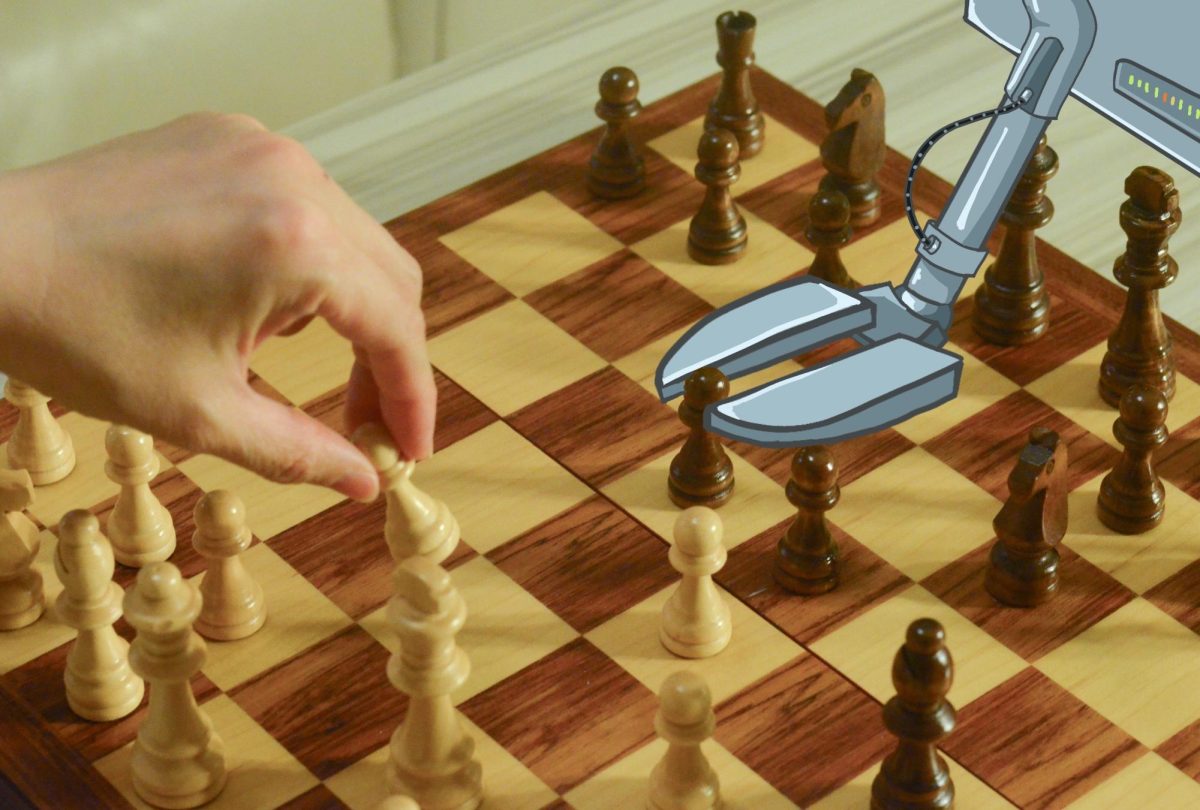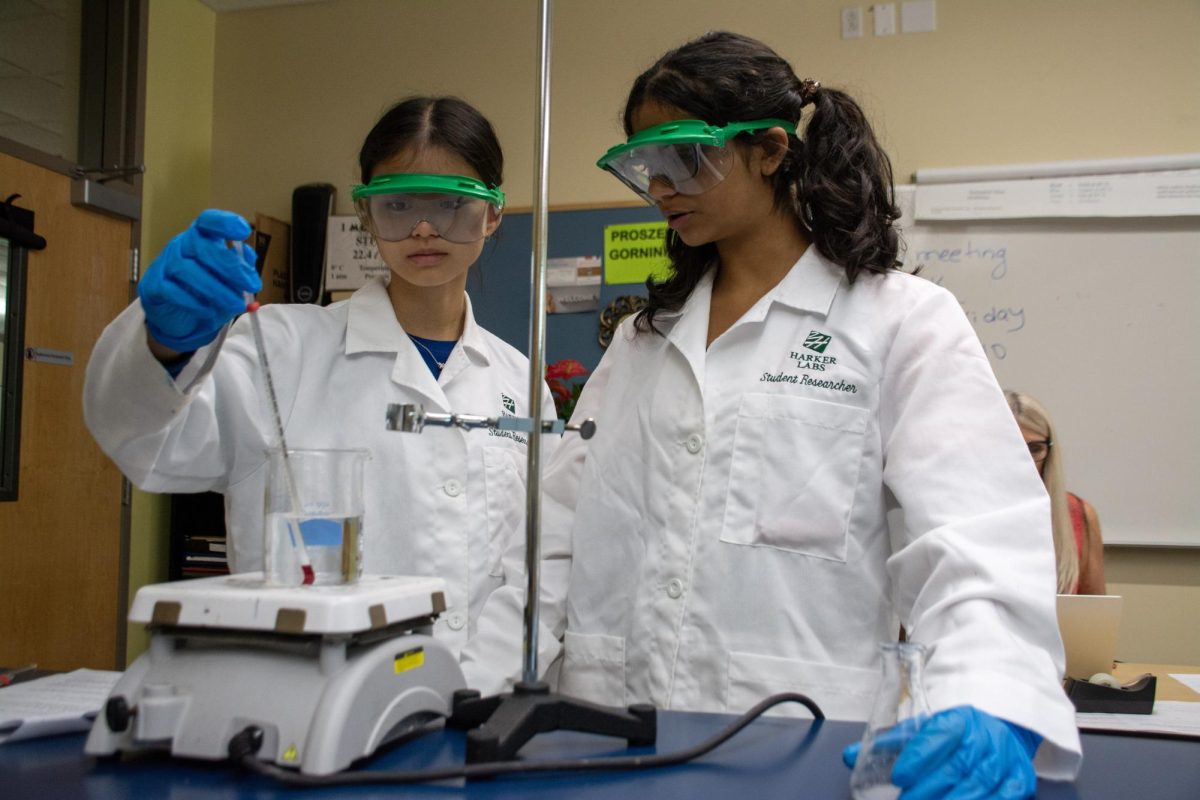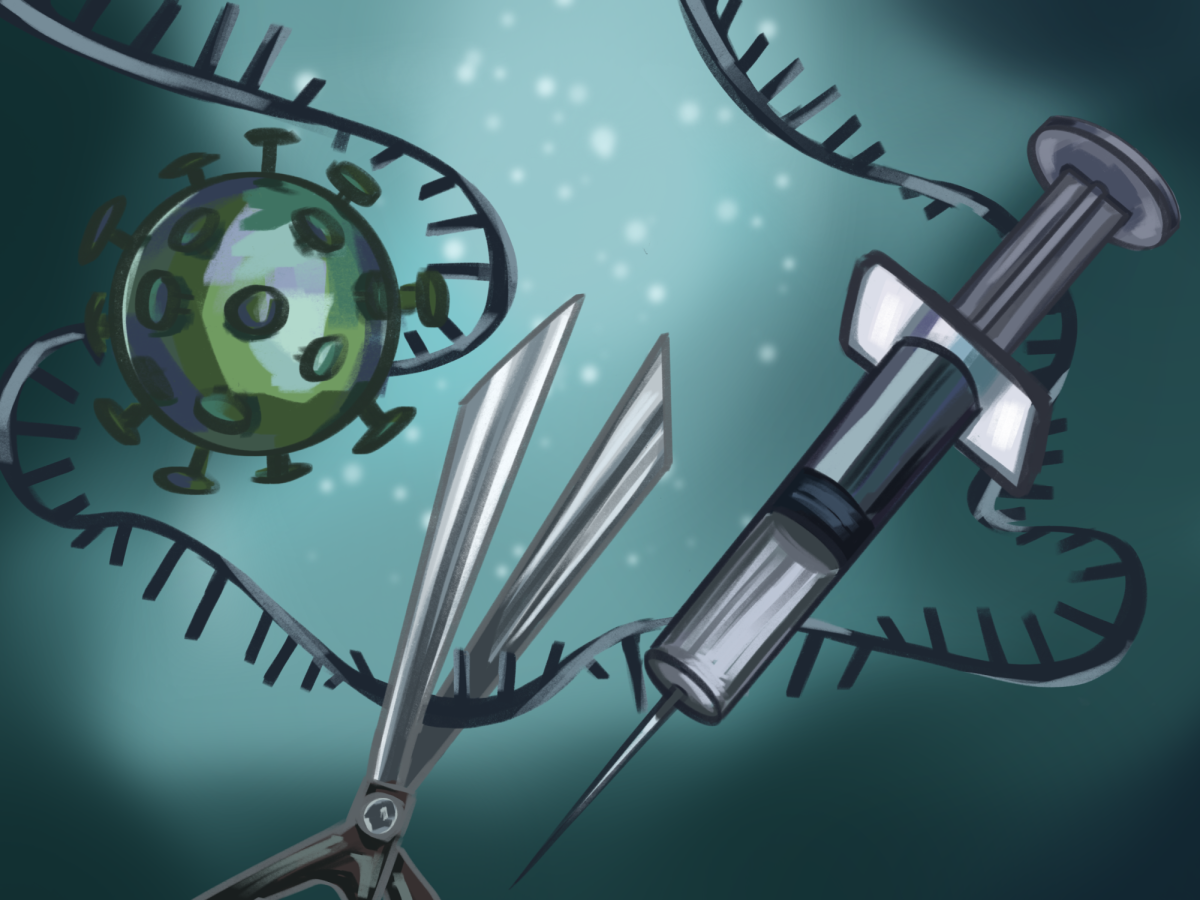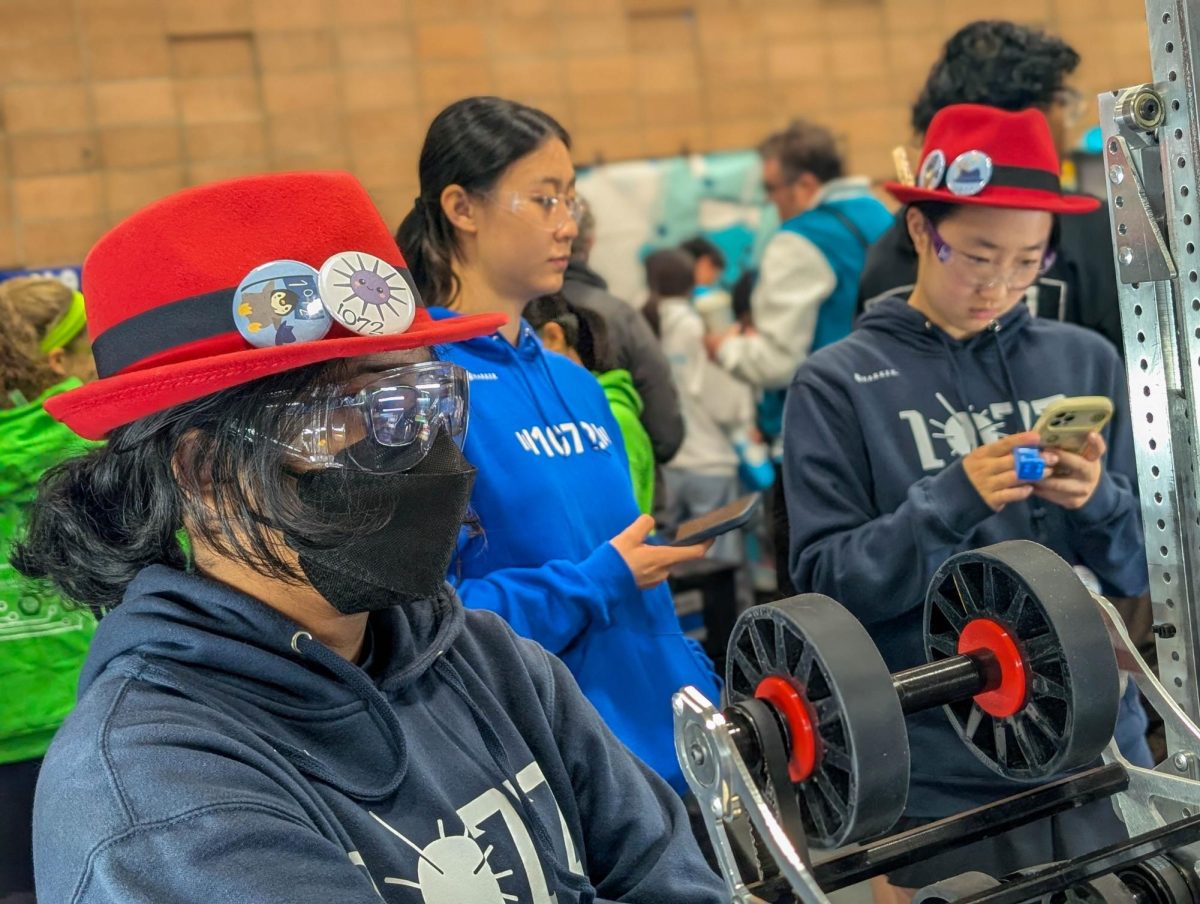64 squares, two sides and more moves than atoms in the observable universe. Before 1990, most chess experts felt that it was not possible to create a machine that could match the creativity and imagination of top human players. Yet, chess engines defied those odds.
Today, professional chess players use engines on the daily to analyze complex positions, study opponents’ playing patterns and even develop new openings. Although chess is not perfectly predictable, engines offer crucial insights by numerically evaluating positions and uncovering the best sequence of moves.
FIDE International Master Vyom Vidyarthi (12), who currently ranks within the top 75 active players in the United States and also developed a new opening, noted his personal experience in using engines for preparation.
“Engines enable you to actually know the ideal moves in a situation you’re studying,” Vyom said. “You can confirm that some move is the best move because you have this resource that is higher rated than every other individual who plays the game.”
Behind a chess bot’s clear-cut decisions lies a vast network of intricate calculations, simulating every possible position to find the optimal move. Computers typically perform this search on a game tree consisting of chess positions connected by branches that represent possible moves starting from the game’s current position.
However, engines lack the computational power to sift through every single possibility due to the sheer amount of positions. Developers address this problem by limiting the bot’s search depth, stopping it after examining a certain number of future moves, and assigning a numerical score to each position depending on which side is in the lead. With this methodology, engines simply look for the sequence of moves that leads to the best score for their color.
“Computers see things that humans normally can’t,” Chess Club officer and FIDE Women’s Candidate Master Anika Rajaram (11) said. “They think way ahead, a lot more moves in depth compared to us. Over the board, we also don’t have much time, so we can only go six or seven moves deep, but computers can calculate 30 to 40 moves deep, so it gives them an understanding of the chess position that’s more detailed.”
Joona Kiiski, one of the original developers of the chess engine Stockfish, noted that while engines were not perfect when he started working on them in the early 2000s, they now play at a level far beyond the capabilities of any human. The ratings of Stockfish and Magnus Carlsen, the strongest chess player in the world, are 3642 and 2833 respectively, based on the ELO rating system. Stockfish is expected to win 99% of games if they were to play.
“When I started in this field, the engines were a great help for your own analysis, but they had their limitations and in complex positions they were occasionally wrong,” Kiiski said. “20 years ago they were very strong, but they had their weaknesses and were not completely unbeatable. Nowadays, they are so strong that you can rely on them almost 100%.”
Although not as omniscient as they are today, chess-playing machines date back as early as the 18th century. The first of which, the Mechanical Turk, could outwit strong opponents and solve chess puzzles. Although the contraption was later exposed as a hoax with a human operating the machine from a hidden compartment, inventors continued looking for ways to automate the game.
Following World War II, chess computing gained popularity as the very first computers began to emerge. Information scientists Alan Turing and Claude Shannon conceptualized potential processes that would allow machines to calculate strong moves and play against human users.
As hardware advanced in the 1960s, algorithms became more practical to implement on a computer. The first true chess engine, built on an early IBM 507 computer, could play one move every eight minutes. Nowadays, chess bots can calculate the perfect move in mere milliseconds.
Dominik Klein, a chess engine researcher, described his own experiences regarding the shortcomings of early chess engines.
“The first chess program I owned was Fritz 1, back in the early ’90s,” Klein said. “At the time, chess engines were effective at identifying tactical mistakes but lacked the ability to grasp the positional nuances of the game. This dynamic has completely transformed with the advent of neural networks in modern chess engines.”
Fast forward to modern day, artificial intelligence research has enabled developers to create engines that better understand chess, and improvements in computational techniques like reinforcement learning have changed the nature of chess games. Certain variations are played far less frequently today than a decade ago, as computer-aided analysis poked holes in those strategies.
“The development of chess engines represents great scientific and technological progress, but chess has lost some of its beauty when a machine can give a near perfect assessment in every position in a fraction of a second,” Kiiski said. “Everybody now has the same access to near-perfect information, so a grandmaster can no longer outplay their weaker opponents in the opening phase.”
Despite their strength, moves calculated by engines are still just estimates, and their seemingly flawless sequences aren’t guaranteed paths to victory. Games like Tic-Tac-Toe and Connect 4 are solved games—they have definite outcomes given that both sides play optimally, but so many combinations exist in chess that the end result remains unclear. However, that same uncertainty is what makes the game competitive.
“I’m sure engines will continue to get better and maybe even solve chess, but I don’t think that’ll change how much people play it,” Vyom said. “After all, we’re still pretty sure that chess [will end in] a draw right now, yet we still play the game. The game doesn’t always end in a draw because there’s just so many ways you can alter it.”

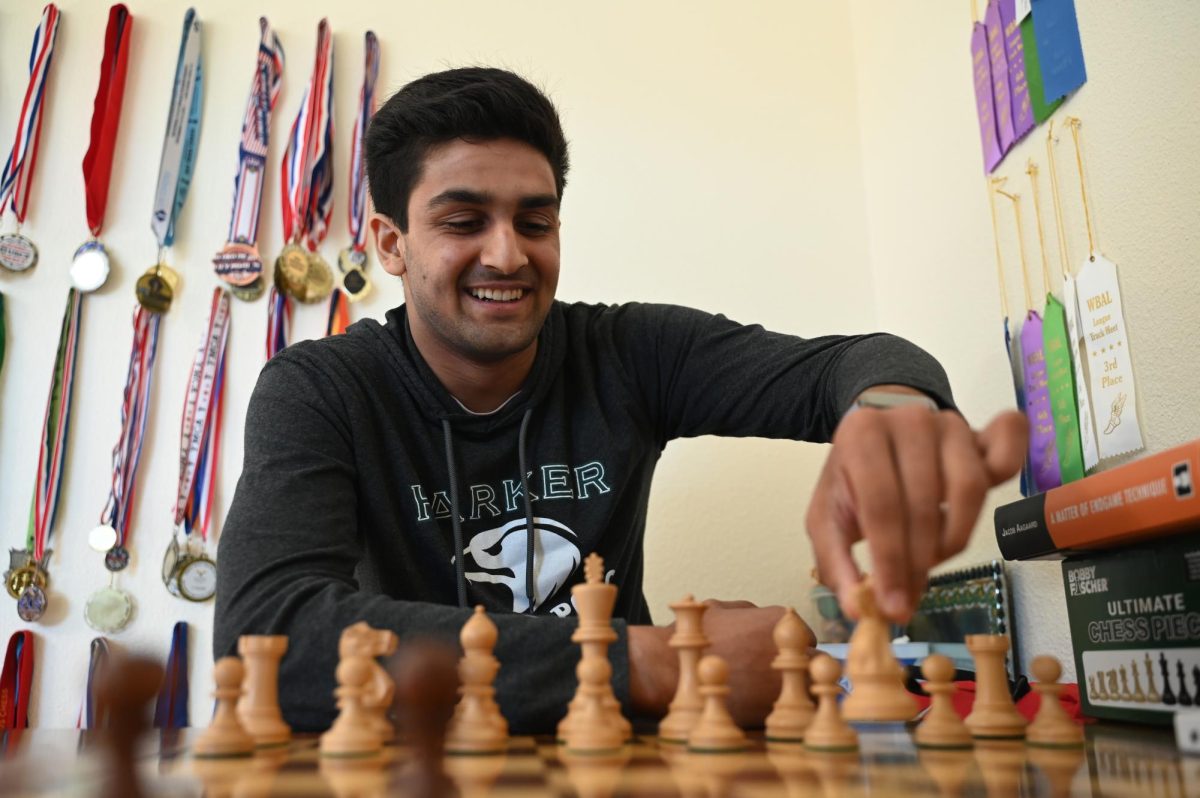














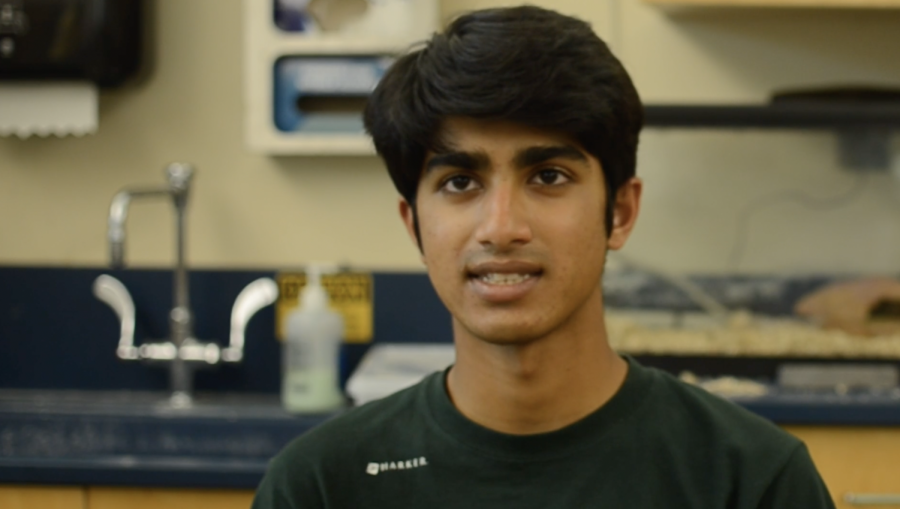
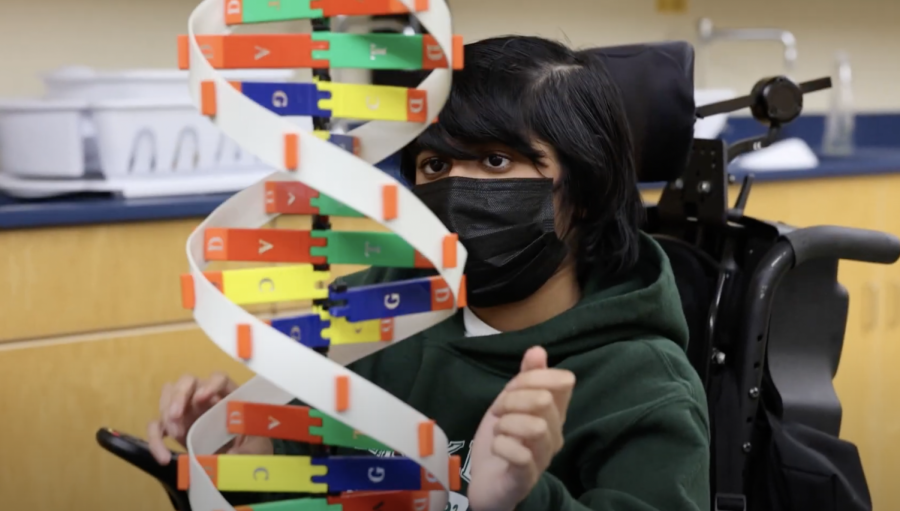
![“[Building nerf blasters] became this outlet of creativity for me that hasn't been matched by anything else. The process [of] making a build complete to your desire is such a painstakingly difficult process, but I've had to learn from [the skills needed from] soldering to proper painting. There's so many different options for everything, if you think about it, it exists. The best part is [that] if it doesn't exist, you can build it yourself," Ishaan Parate said.](https://harkeraquila.com/wp-content/uploads/2022/08/DSC_8149-900x604.jpg)




![“When I came into high school, I was ready to be a follower. But DECA was a game changer for me. It helped me overcome my fear of public speaking, and it's played such a major role in who I've become today. To be able to successfully lead a chapter of 150 students, an officer team and be one of the upperclassmen I once really admired is something I'm [really] proud of,” Anvitha Tummala ('21) said.](https://harkeraquila.com/wp-content/uploads/2021/07/Screen-Shot-2021-07-25-at-9.50.05-AM-900x594.png)
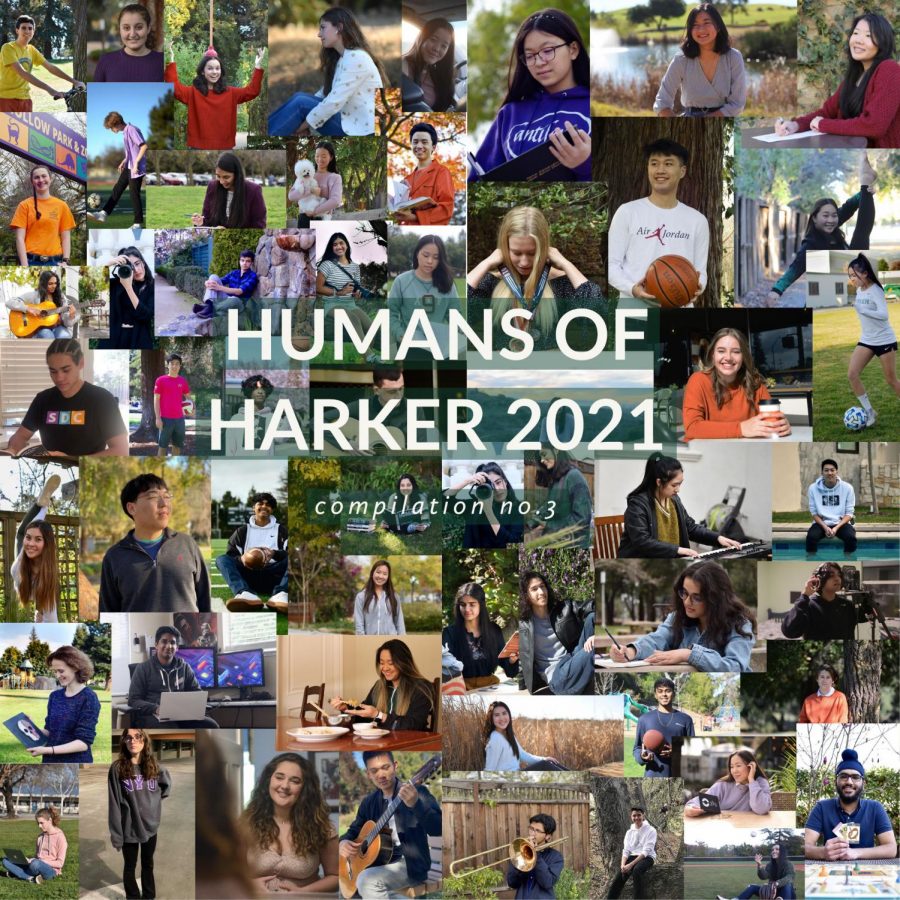






![“I think getting up in the morning and having a sense of purpose [is exciting]. I think without a certain amount of drive, life is kind of obsolete and mundane, and I think having that every single day is what makes each day unique and kind of makes life exciting,” Neymika Jain (12) said.](https://harkeraquila.com/wp-content/uploads/2017/06/Screen-Shot-2017-06-03-at-4.54.16-PM.png)






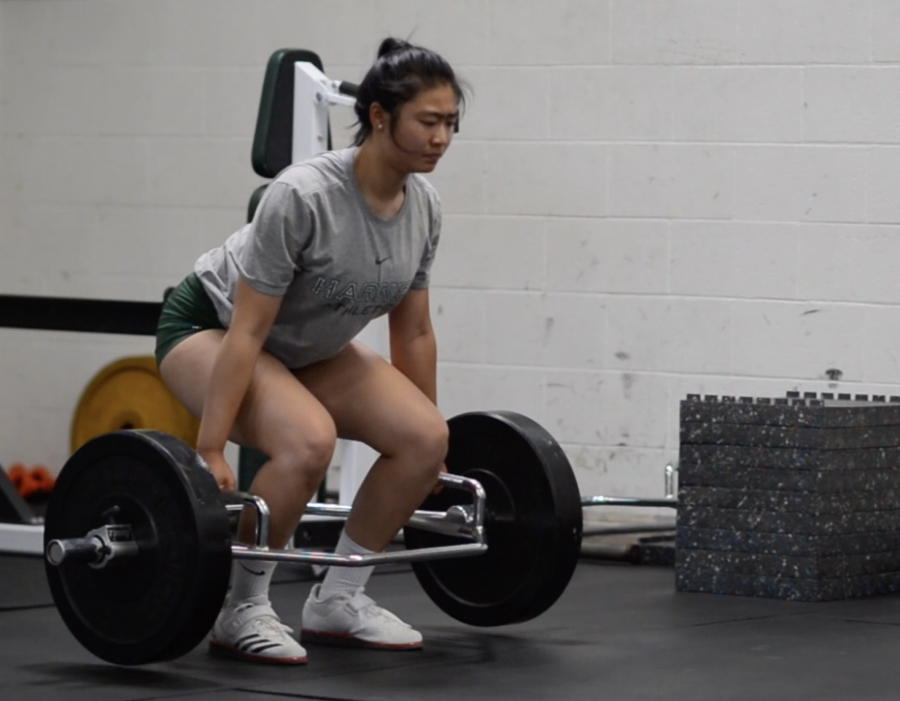

![“My slogan is ‘slow feet, don’t eat, and I’m hungry.’ You need to run fast to get where you are–you aren't going to get those championships if you aren't fast,” Angel Cervantes (12) said. “I want to do well in school on my tests and in track and win championships for my team. I live by that, [and] I can do that anywhere: in the classroom or on the field.”](https://harkeraquila.com/wp-content/uploads/2018/06/DSC5146-900x601.jpg)
![“[Volleyball has] taught me how to fall correctly, and another thing it taught is that you don’t have to be the best at something to be good at it. If you just hit the ball in a smart way, then it still scores points and you’re good at it. You could be a background player and still make a much bigger impact on the team than you would think,” Anya Gert (’20) said.](https://harkeraquila.com/wp-content/uploads/2020/06/AnnaGert_JinTuan_HoHPhotoEdited-600x900.jpeg)
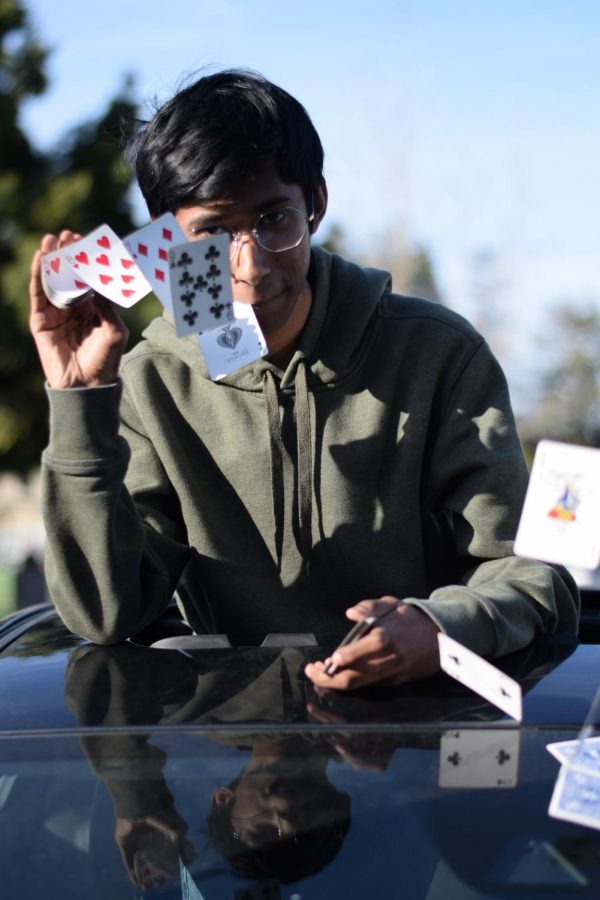
![“I'm not nearly there yet, but [my confidence has] definitely been getting better since I was pretty shy and timid coming into Harker my freshman year. I know that there's a lot of people that are really confident in what they do, and I really admire them. Everyone's so driven and that has really pushed me to kind of try to find my own place in high school and be more confident,” Alyssa Huang (’20) said.](https://harkeraquila.com/wp-content/uploads/2020/06/AlyssaHuang_EmilyChen_HoHPhoto-900x749.jpeg)




